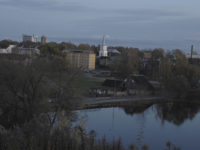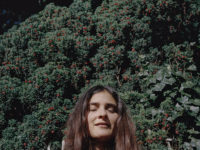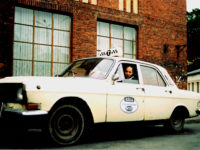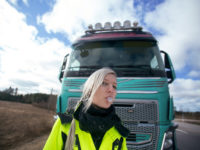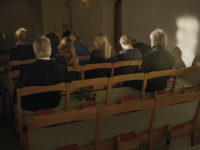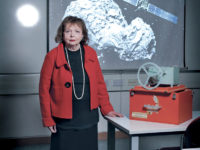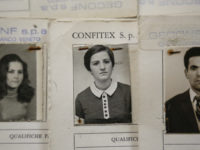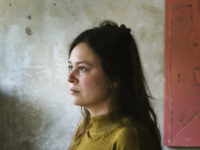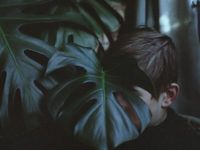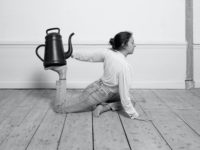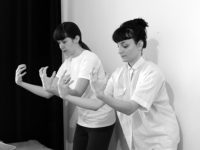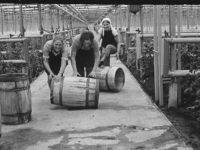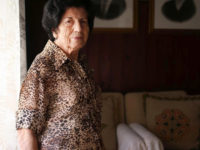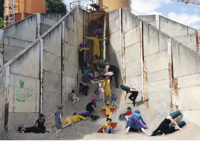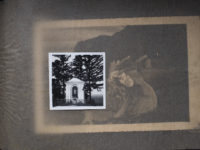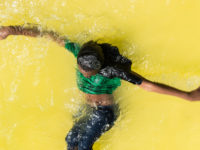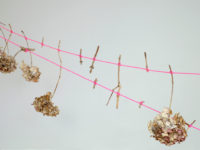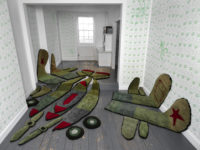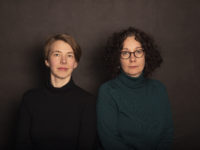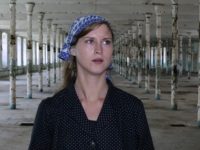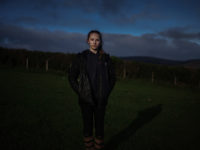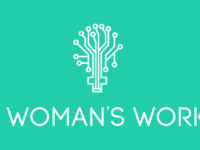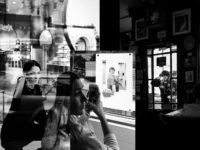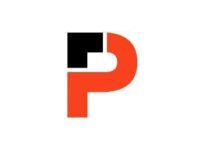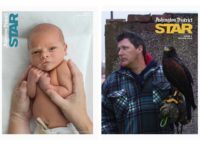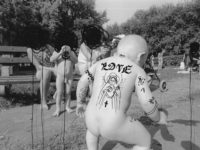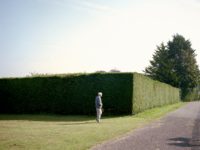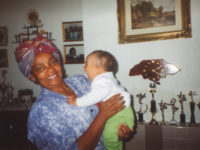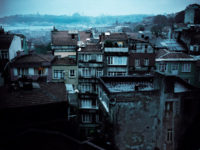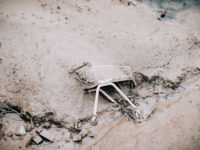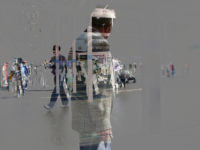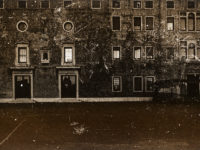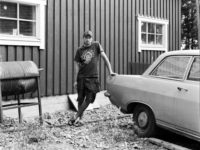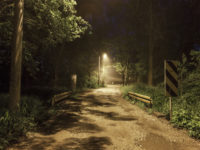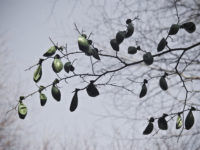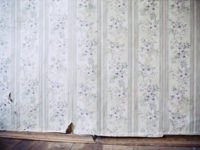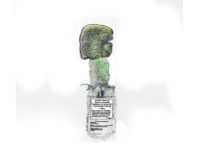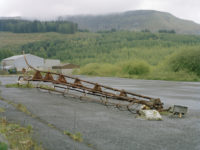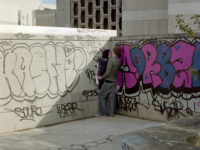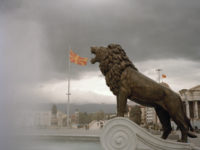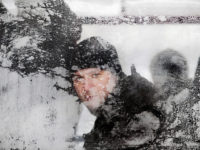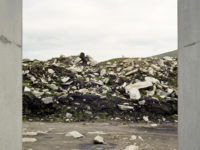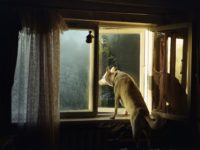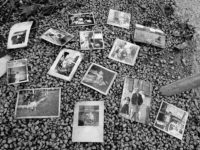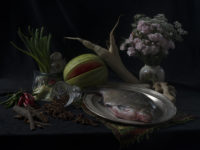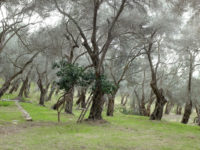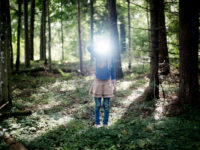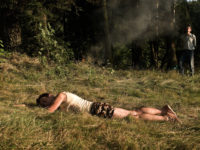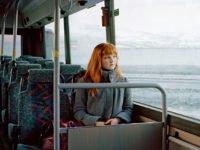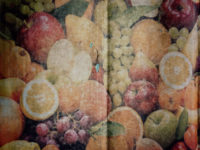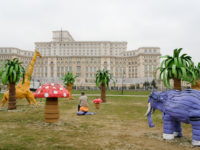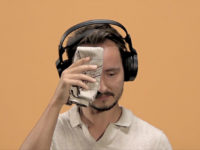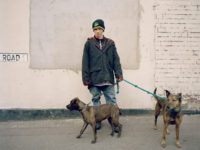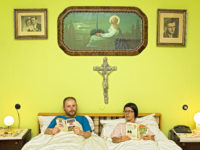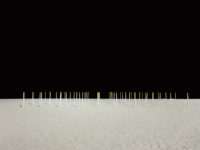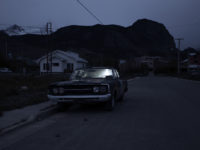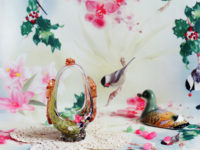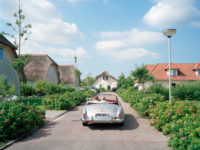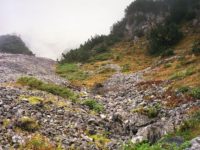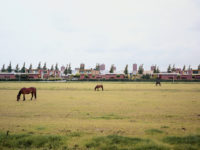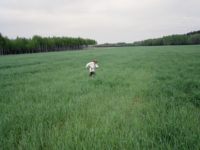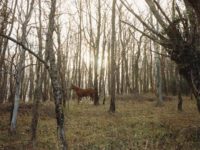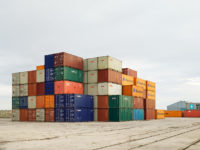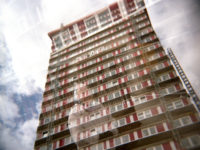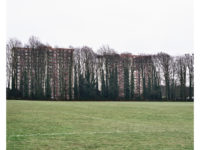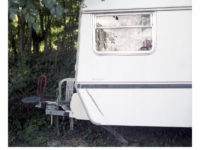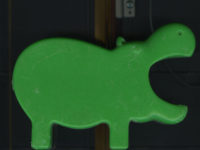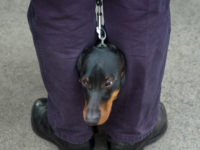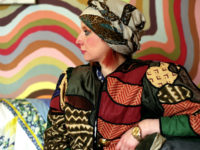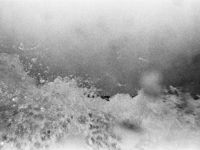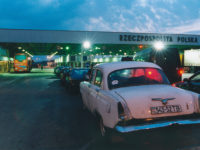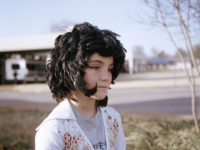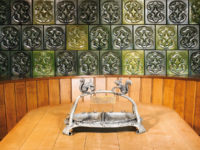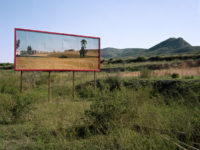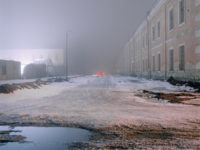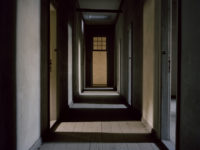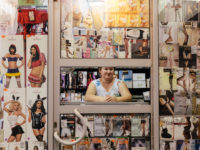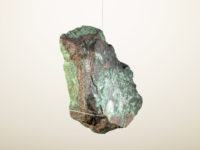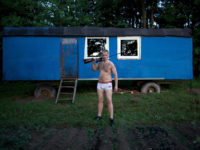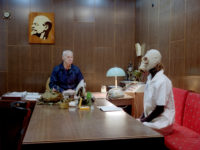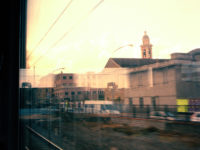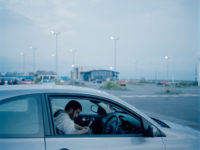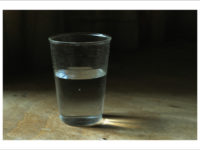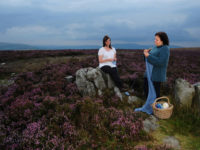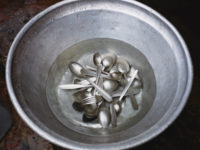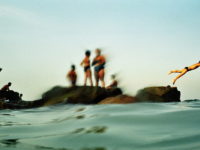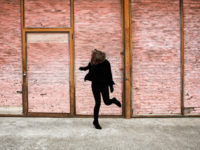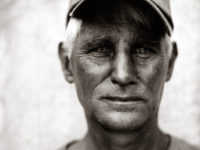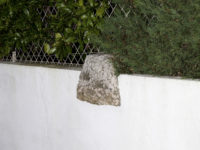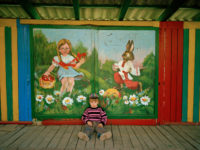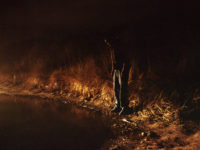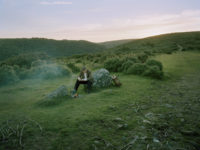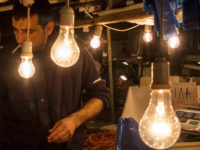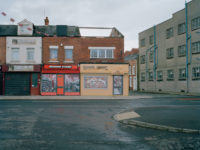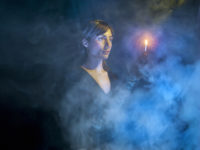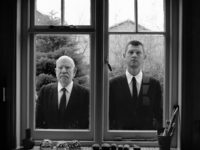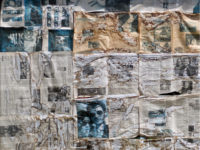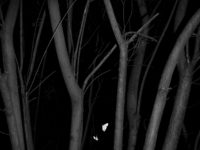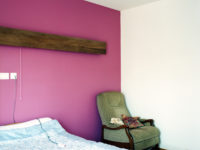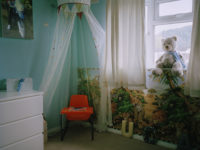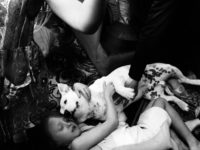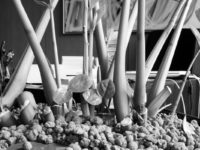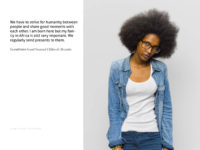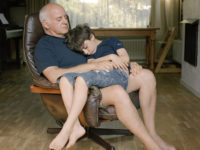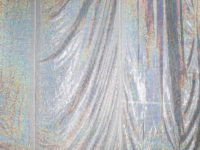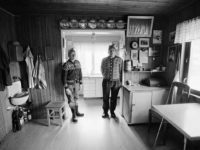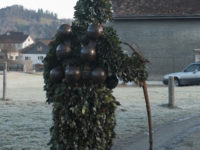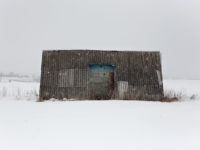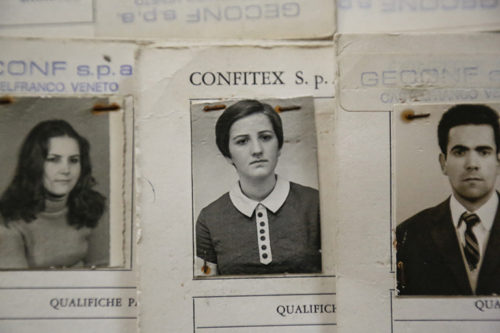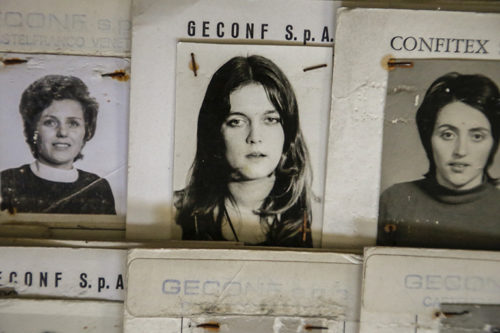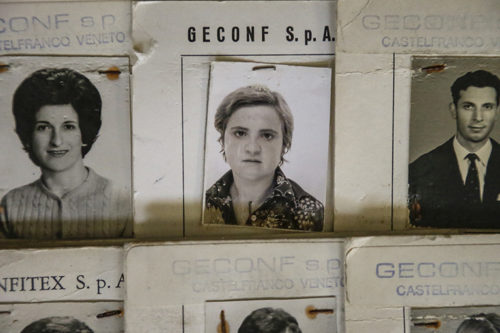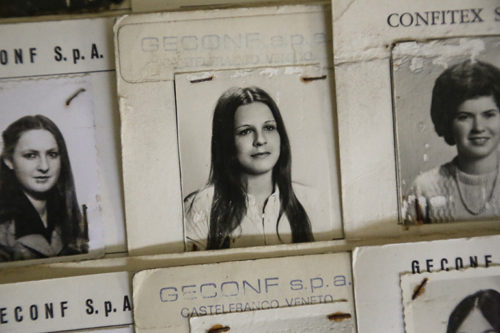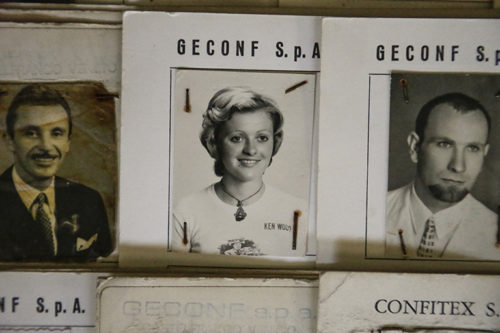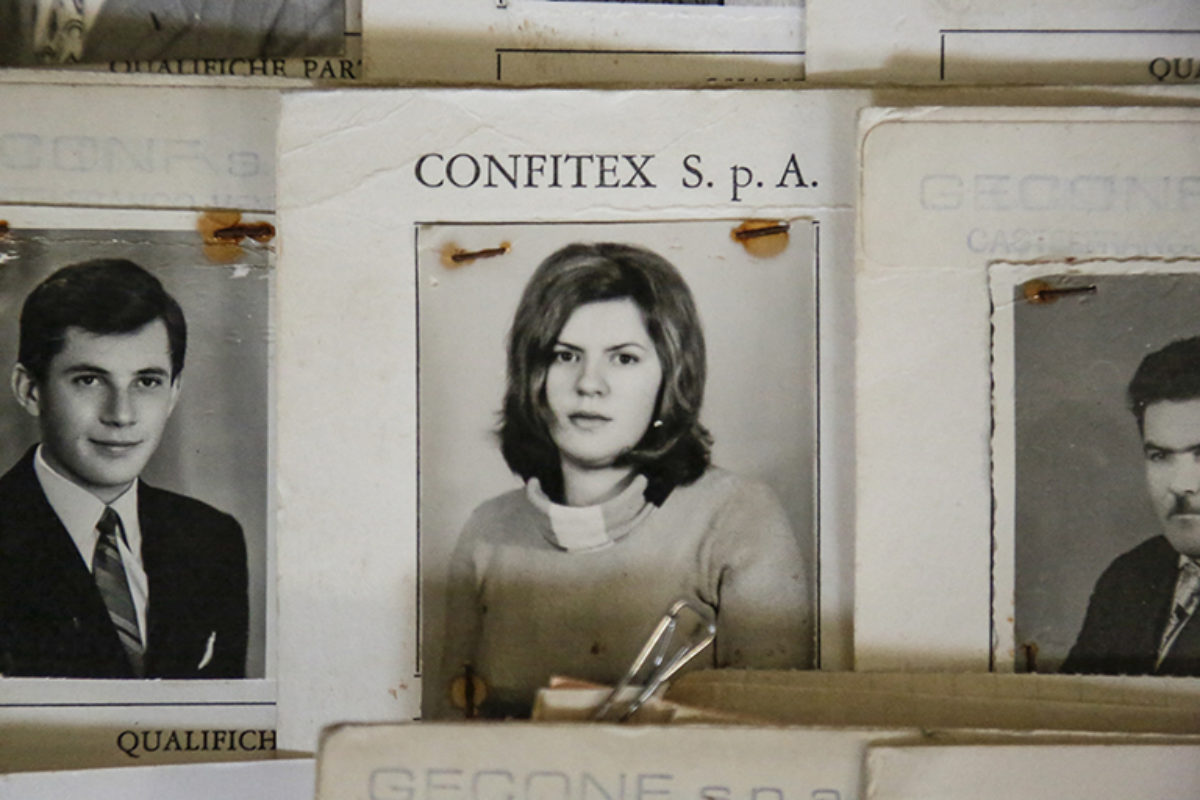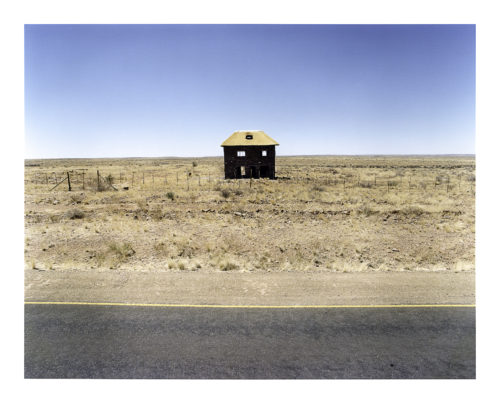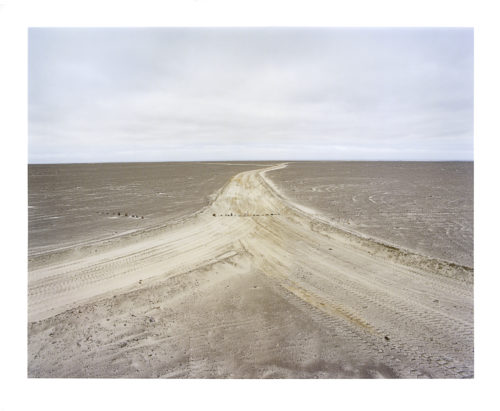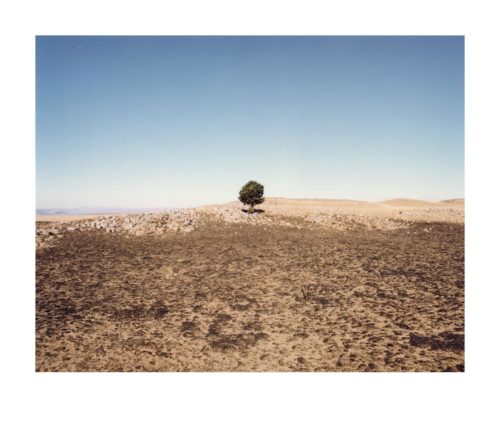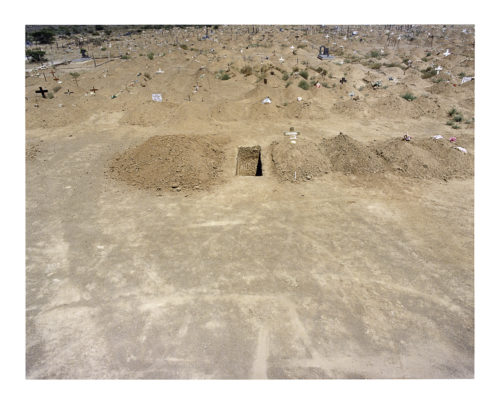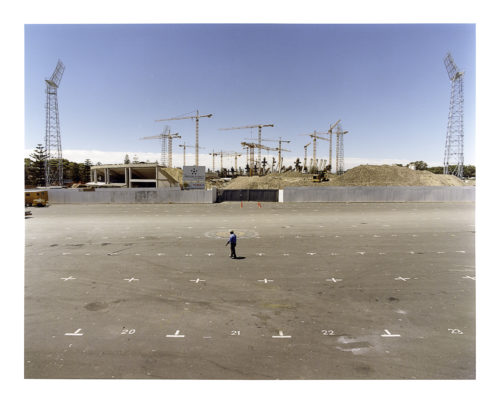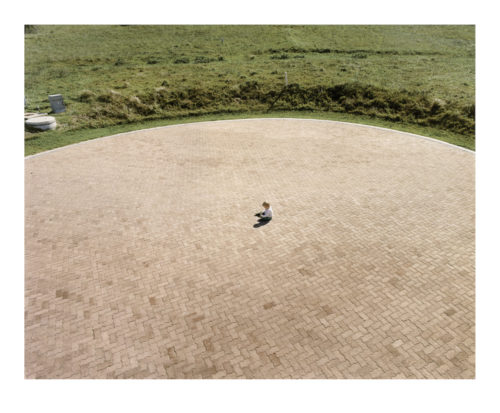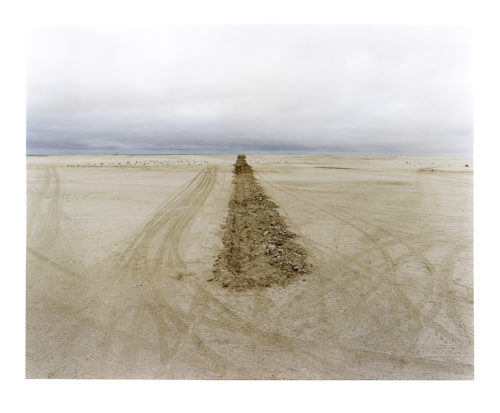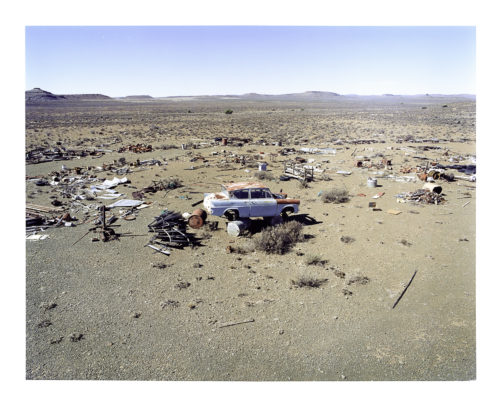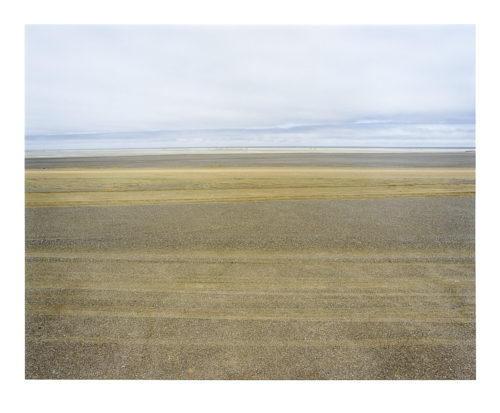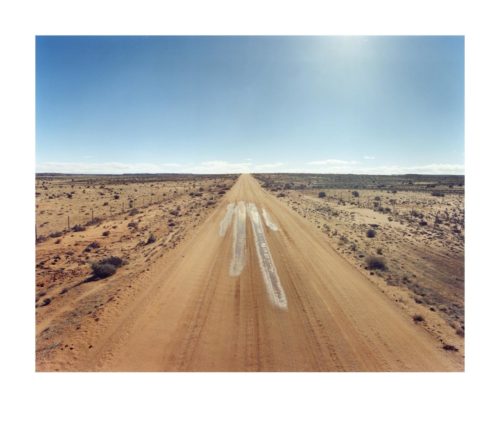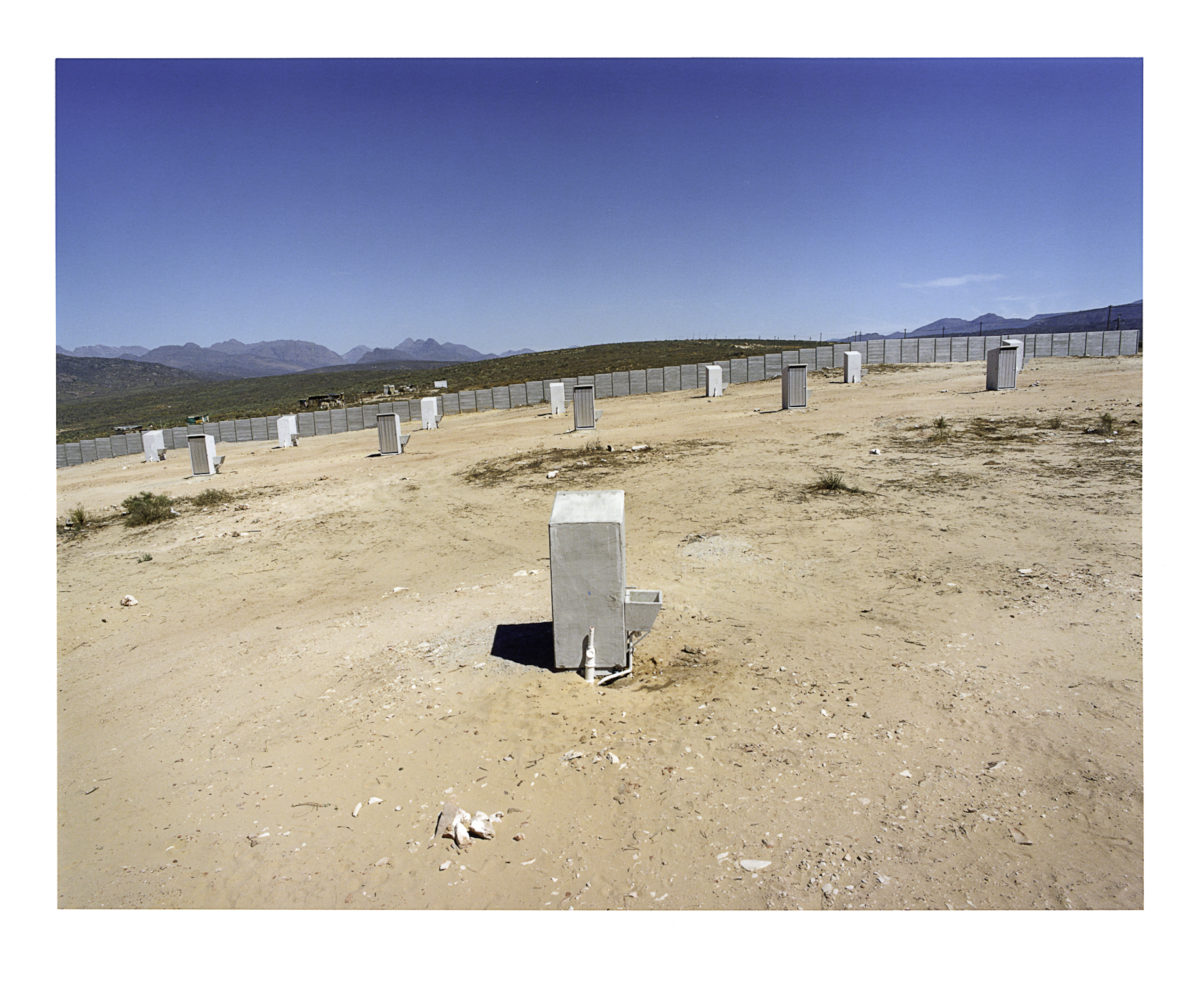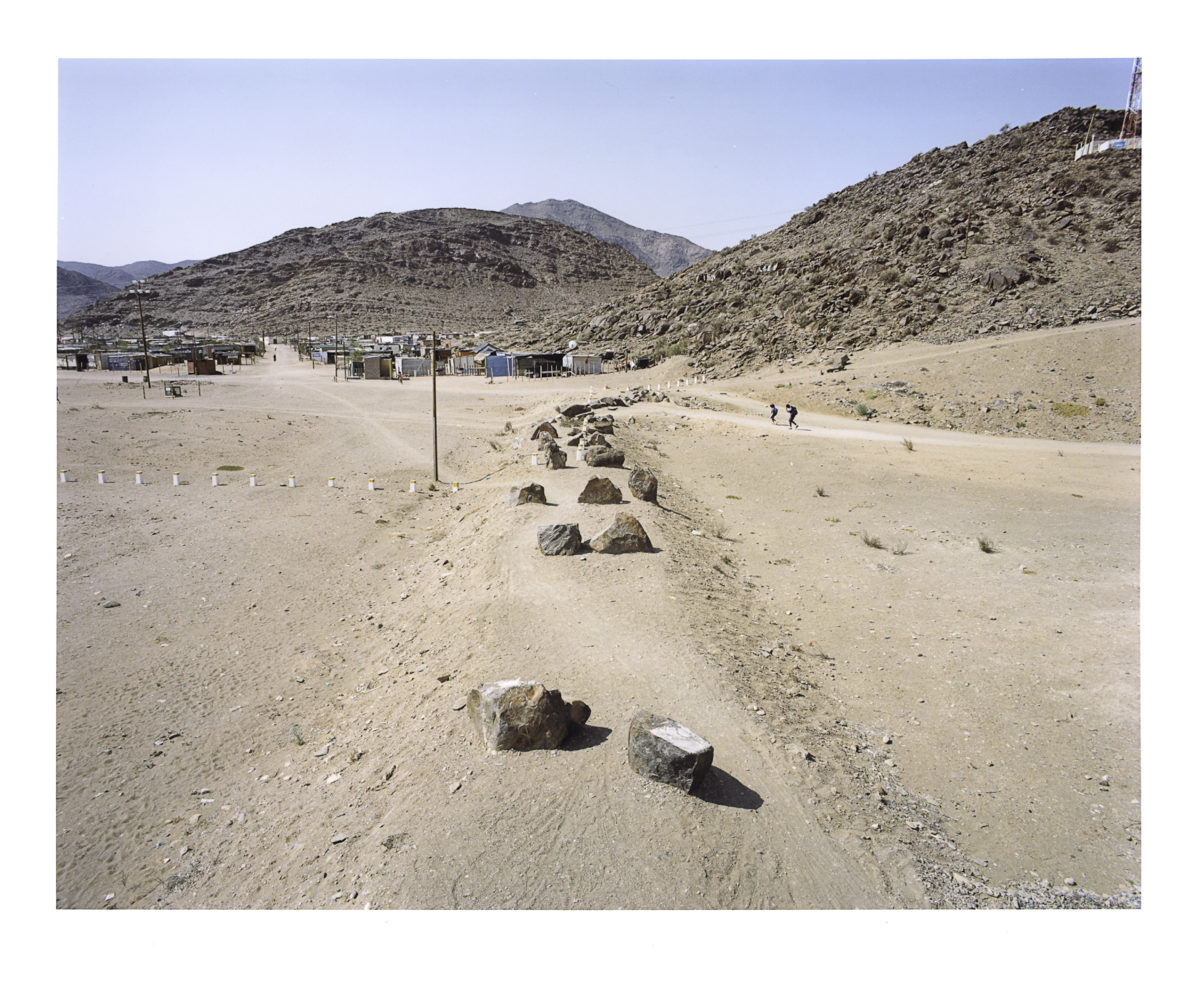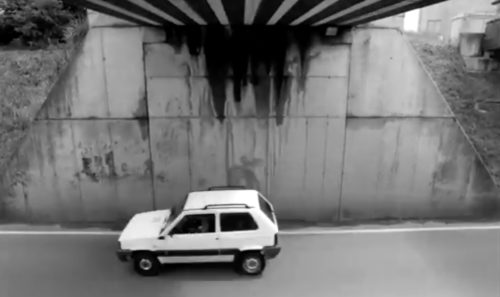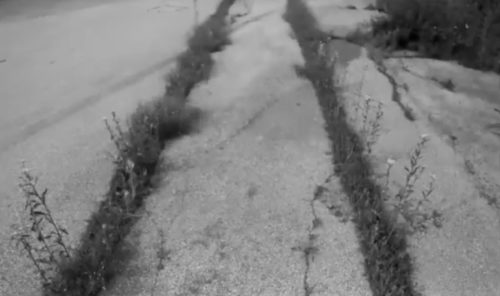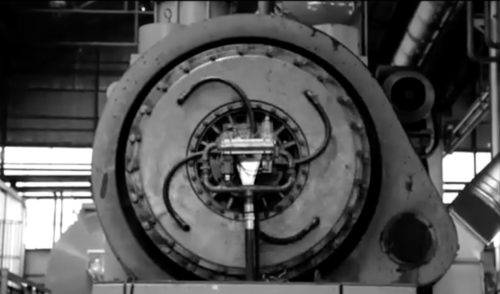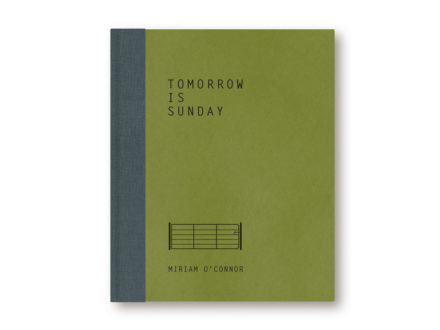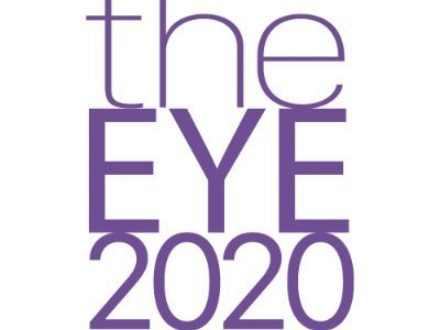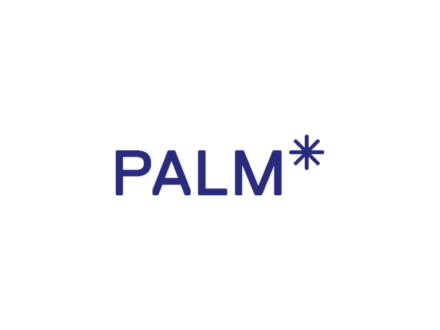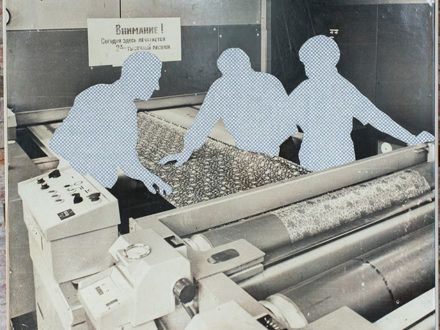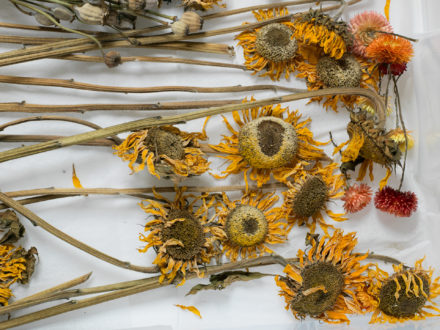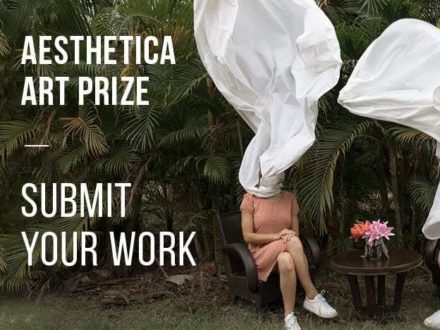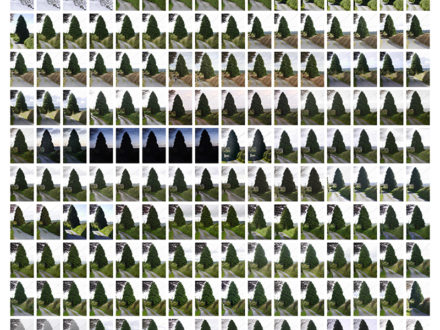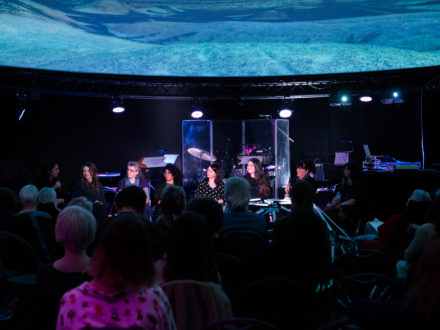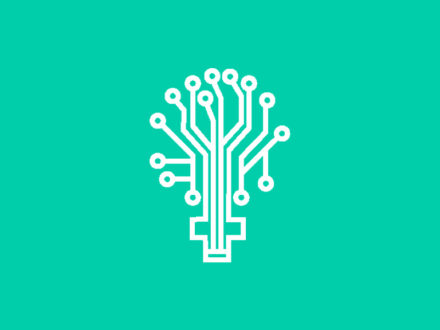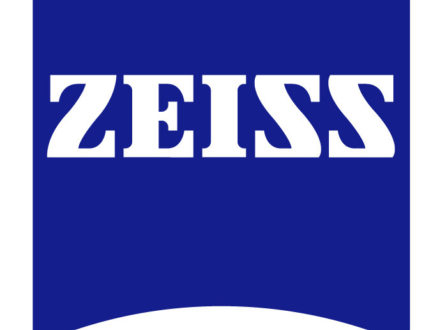Biography
Brent Meistre (b. 1975) is a South African/Italian photographer, curator and fine art filmmaker. Brent has created and contributed to one-person and group exhibitions across a number of countries and to the work of various collectives. These include creating and exhibiting works in Namibia, Botswana, Greece, Italy, Spain, Portugal, Morocco, Mali, The Netherlands, Italy, Germany, Austria, Canada, the UK and Ireland.
He has received a number of prestigious awards and prizes, including being nominated for the Daimler Chrysler Award for Contemporary Photography in South Africa and the first recipient of The Nelson Mandela Metropolitan Museum’s Biennale Award. His work has been featured on the Bamako Photo Biennale in Mali, the International Black Film Festival in Canada and the Kunstvlaai: Festival of Independents amongst others.
Brent is the founder and curator of the artist-led collective Analogue Eye: Video Art Africa, a mobile drive-in & pop-up cinema that showcases the works made by over 48 African video artists in unexpected spaces that are tailored to be inclusive of non-gallery audiences.
Portfolio
The Blank Resignation Archive
The Veneto region of North Eastern Italy is known for its endless sprawl of medium-sized industries. Here women were subjected to the practice of signing dimissioni in bianco (a resignation letter if you become ill or pregnant).
Veneto is the birthplace of the feminist movement, The Committee for the Salary of Domestic Work. The revolutionary group used music as a means of protest, its legacy originating in the medieval songs of the "La malmaritata" (an unhappy marriage). This music evolved out of the marshlands in the mid-1930’s where Mussolini forced women to clear salt marshes for agricultural purposes. Relaying tales of hardship, the often angry lyrics are juxtaposed with melodic rhythms.
This work explores the iconography and ‘ideal’ of the Italian working women as a way to complicate and problematise these in an increasingly depopulated and automated work environment, where the masculinist machine still dominates.
Portfolio
SOJOURN: Landscapes from Southern Africa
SOJOURN is a project undertaken over a seven-year period (2006 – 2013) which spanned three countries in southern Africa, and over 80 000 kilometres of driving. Two strands run parallel to one another in this archive of over 400 hand-printed colour prints - converging and colliding.
The first is a problematising of photographic framing and the structural nature of ‘the landscape’ as a trope of the colonial imagination, through which the viewfinder becomes an imposed cultural projection through and onto a disembodied representation. The second attempts to sift through and understand ‘the land’ as a western political construct through ownership, usage and belonging. The remote, isolated spaces complicate these notions through seasonal shifts, transitional occupancy, construction, and border reshaping. Change occurs slowly and is often brutal.
Earth is not only moved and shaped by machine. In these remote spaces, it is altered mostly by hand. There is a relation to the body and the place where we will be laid down to rest into the lay of the land. To be horizontal, to be primordially connected back to the land, to become strata.
The first entire exhibition of this project was in 2013. This was a hundred years after the 1913 Native Land Act was passed by the apartheid government which prevented and restricted the ownership of land by Black South Africans.
Portfolio
Work Horse
Cavallo di Lavoro (Workhorse) is a stop-animation film counter-narrative. The work is built around meta-stories evocative of features of the economic, social and industrial history of Castelfranco -Veneto (North-East Italy). Through allegorical u-turns, roundabouts and dead-ends, the workhorse canters through the historical legacies of the region, from the medieval city’s silk trade heydays through to the industrial sprawl of today.
The horse, as a representation of mobility, might and strength, has in a way always been the life-force of the economic growth of this area. Most economic activity here today is still driven by ‘horsepower’: be it the car engine, forge, mechanical plant, train or aeroplane. The human body mimics the equestrian body: organic masses that share the same fallibilities and fragilities when putting to work, into the fields and into the factories. Over-worked, laden and burdened, eventually put out-to-pasture.
The tempo of this animation is set to a constant beat that echoes the repetitive cantering of a horse, of a churning barrel, of a spinning carousel and of a rotating wheel. It pulls the viewer across surreal and uncertain terrain made up of pathways, railway tracks and roads, through processing plants, corridors and stairwells. The narrative does not reach a breaking point but rather evokes work patterns, lifecycles and in situ maintenance which enable the machine to turn. Sigmund Freud’s ‘death drive’, the uncontrollable impulse is to do, to repeat, to reproduce compulsively, something that seems to be engrained in bloodlines here.


